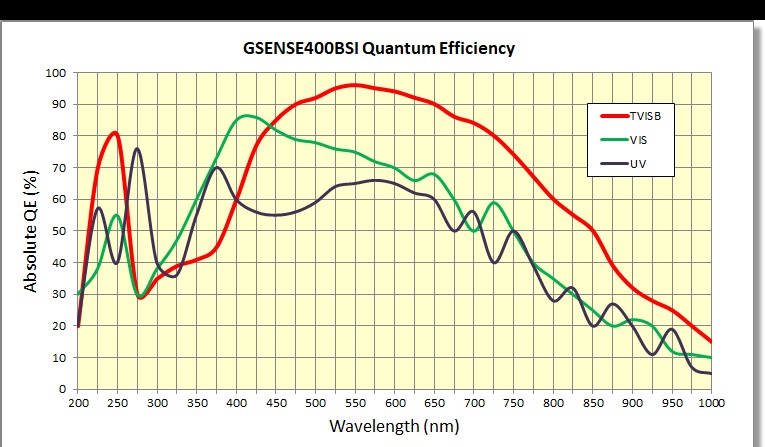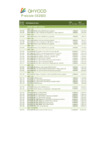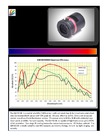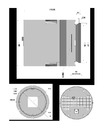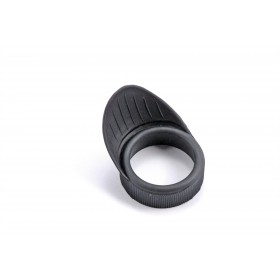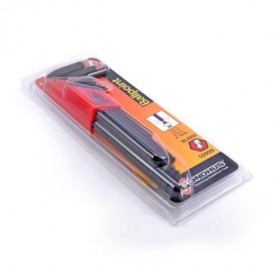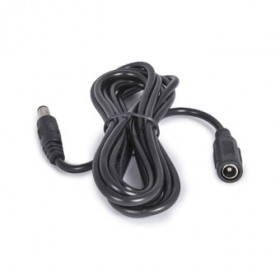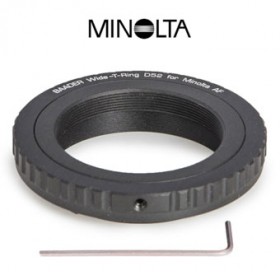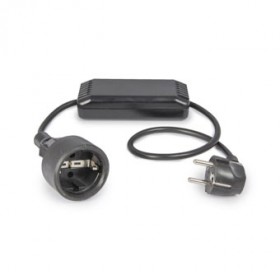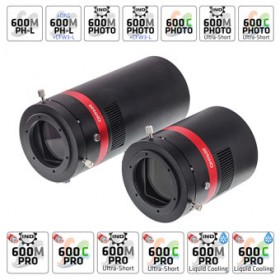Product Questions and Answers
- Description
-
Details
QHY 42 Scientific CMOS Series
The QHY42-BSI is a cooled scientific CMOS camera with extremely low (1.6e-) read noise and a backside illuminated CMOS sensor with 95% peak QE. We also offer the QHY42-BSI in a UV enhanced version as well as a front illuminated version.
The low read noise and high QE make it possible to achieve high SNR even when imaging dim objects. Only 5 photons produce a SNR>3.
The sensor array is 2048 x 2048 with relatively large 11um pixels and 89ke- full well capacity. The sensor size is 22.5mm x 22.5mm yielding a good field of view even at longer focal lengths. The QHY42-BSI is capable of high frame rates up to 24FPS at full resolution. Two stage TE cooling lowers the sensor temperature to -40C below ambient. The QHY42-BSI is ideally suited to scientific research, astronomy, biology, UV and low light imaging.
There are three types of the sensor: TVBIS, UV, VIS (Front-Illuminated). The TVBIS is the most popular type and it has the best QE of 95%. The UV version has a peak QE of 76% on the 275nm. While the TVBIS version has also a high UV QE at 240nm. Both TVISB and UV is possible for UV use. You can select it according the QE curve. And the TVISB version has lower dark current than UV version. VIS version is not so popular and sometimes the sensor factory does no stock.
The first version QHY42 is released in early 2018. And now QHYCCD has released the enhanced version QHY42PRO. The different of QHY42 and QHY42PRO is that QHY42 only support the single ADC channel output (which called STD mode in the datasheet of Gsense400 , and 24FPS for 8bit/12bit . While the QHY42PRO support both STD mode and the dual channel ADC mode (HDR mode). The dual ADC can work together to sample the same pixels. And output two images. One is high gain and another is low gain. Which can enlarge the dynamic of the output data. The QH42PRO HDR mode will output the 4096*2048 image. Which consist two 2048*2048 image. QHY42PRO also support the remote FPGA upgrade function via USB port.
Further detail information can be found on the original webpage of QHYCCD
If you have any further questions, please send us an email to kontakt (at) baader-planetarium.de.
Please note the additional details on the Tab "Downloads"
Additional Information
| Technical Data not yet specified | Please choose product variant from dropdown above to see technical data of your chosen product |
|---|
 Product Information
Product Information
 Technical Drawings
Technical Drawings

